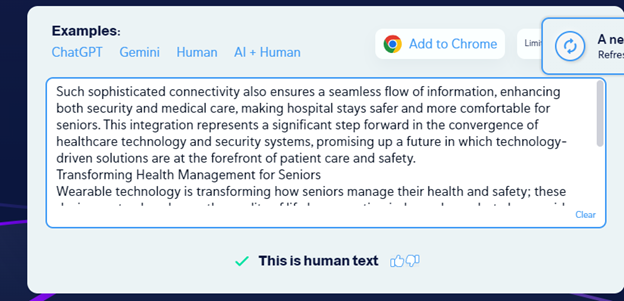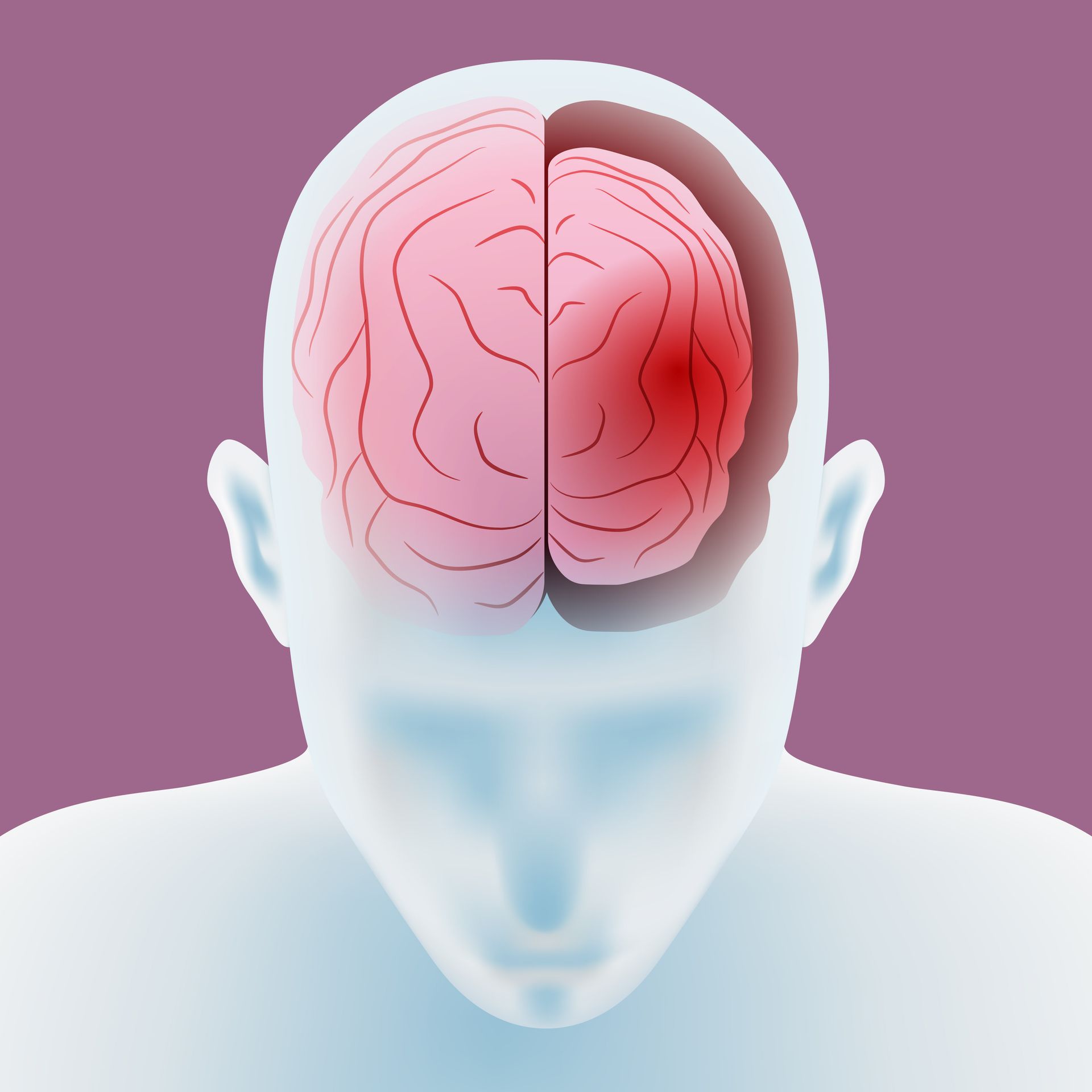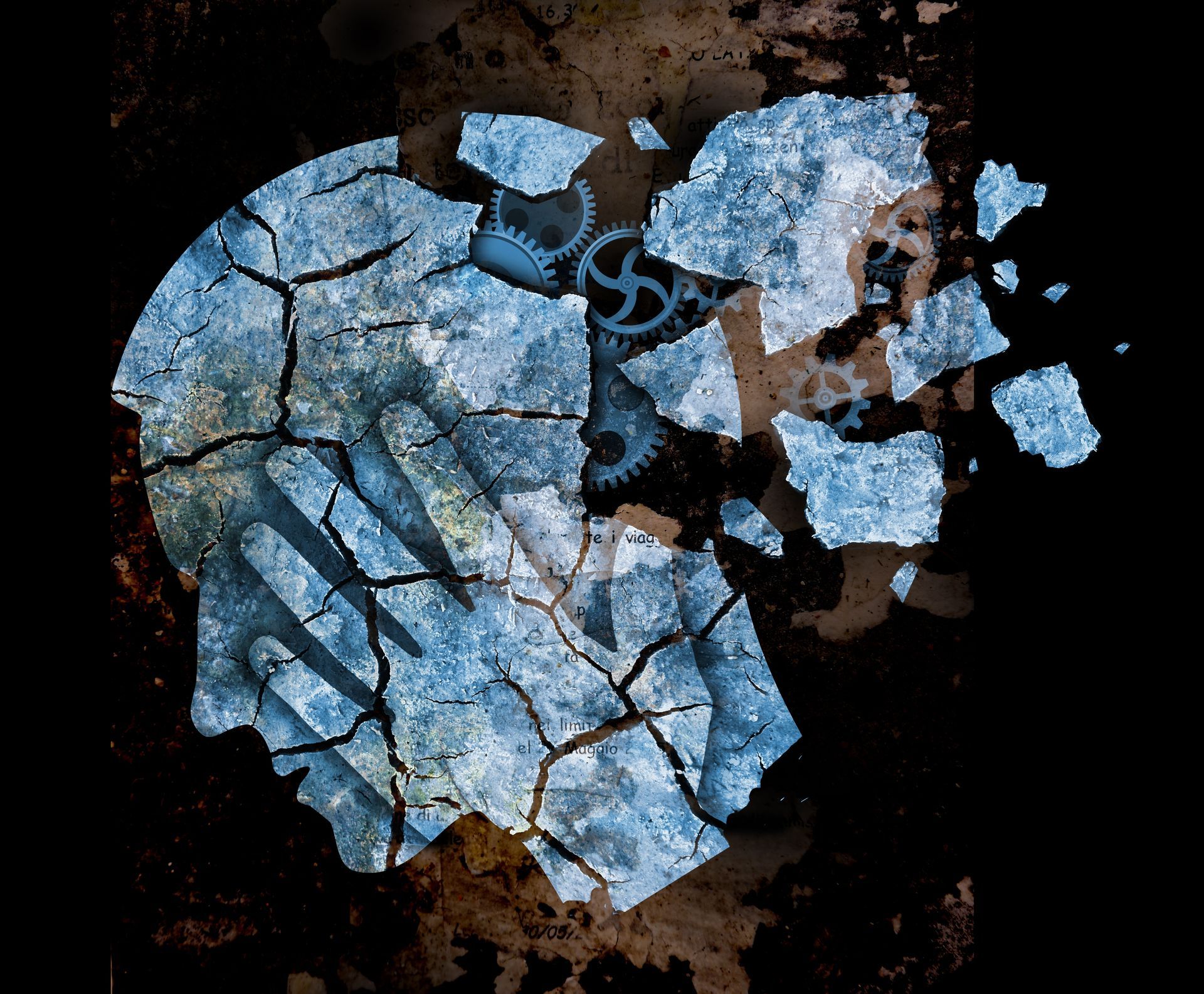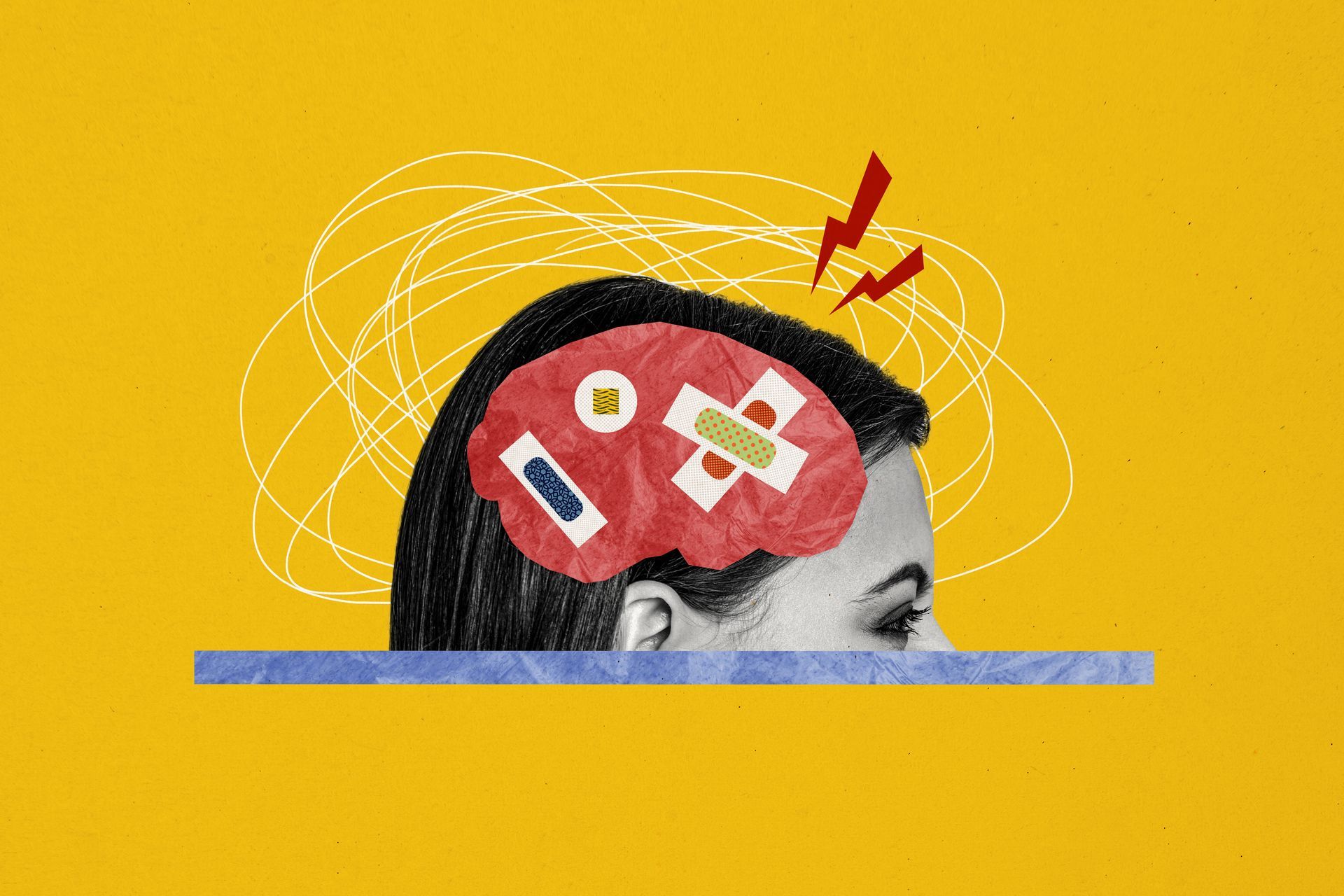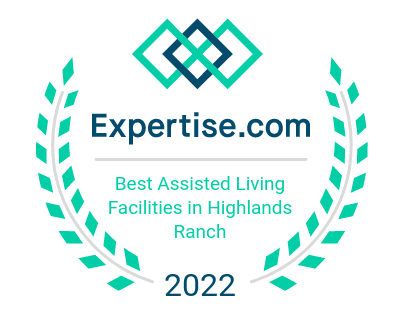BLOG
How Wearable Technology is Enhancing Safety for Seniors
As the global population ages, the need for innovative solutions that effectively ensure the safety and well-being of seniors becomes ever more crucial. Wearable technology - once a niche market for fitness enthusiasts and tech nerds - has now expanded its reach exponentially, playing a pivotal role in enhancing the safety of the elderly.
As of recent years, around 20% of U.S. adults aged 70 and older own at least one wearable device, underscoring the growing acceptance of wearable technology among the senior population. These stats also clearly reflect the benefits and the increasing recognition of such devices' potential to enhance both health monitoring and personal safety.
Here, we explore how wearable devices are not only promoting independence among seniors, but also providing peace of mind for their families and caregivers.
Health Monitoring and Alerts
One of the most significant advantages of wearable technology for seniors is its ability to monitor health in real-time. Devices equipped with sensors can track vital signs such as heart rate, blood pressure, and oxygen levels. More advanced wearables can also detect irregularities in these parameters, potentially alerting users - and their healthcare providers - to early signs of medical issues, such as heart problems or respiratory issues.
A smartwatch, for example, can detect abnormal heart rhythms and automatically alert the user and their doctor; such prompt detection can lead to early intervention, which can be crucial in preventing more severe health episodes.
Fall Detection and Response
Falls are a leading cause of injury among seniors, and modern wearables can mitigate this risk. Devices now come with fall detection technology that senses when a wearer falls and can automatically contact emergency services and/or notify predetermined contacts. This feature is especially vital for seniors living alone, providing them and their families with assurance that help will come quickly in the event of a fall.
GPS Tracking and Geo-Fencing
Memory impairments, such as Alzheimer's and dementia, can lead seniors to wander or get lost, which makes wearable GPS trackers invaluable for monitoring their location continuously; some devices also feature geo-fencing, which alerts caregivers if the wearer strays from a designated safe area. This technology helps prevent potentially dangerous situations and ensures that seniors can be quickly located and assisted.
Medication Reminders
Adhering to medication schedules can be challenging for many seniors, especially those with multiple prescriptions. Wearable devices that provide medication reminders can help prevent missed or double doses - critical preventative measures for conditions like diabetes or heart disease. These reminders can be set up by caregivers or the seniors themselves, providing an easy-to-follow prompt that integrates seamlessly into their daily routine.

Photo by camilo jimenez on Unsplash
Beyond monitoring health metrics and detecting falls, wearables often include a simple button that users can press to request emergency help. This feature is particularly useful in situations where a senior might feel unwell or threatened, but is still mobile and conscious; a handy feature that allows them to get help without needing to reach a phone.
Enhancing Mental Health and Connectivity
Isolation and loneliness can significantly affect seniors' mental health. Some wearable devices encourage social interaction by allowing users to connect with family, friends, and even other seniors through social features integrated into their platforms. Despite a slower adoption rate compared to younger demographics, seniors are increasingly using technology, with significant growth noted in internet use and social media participation; between 2010 and 2021, for example, the use of social media among those 65 and older grew approximately fourfold, clearly identifying a closing gap between older adults and younger people when it comes to digital engagement. By fostering a sense of community and belonging, wearables can play a crucial role in improving the mental well-being of older adults.
Enhancing Hospital Safety with Wearable Technology
While wearable technology significantly boosts seniors' safety at home, its integration with hospital security systems also represents a crucial layer of protection, ensuring continuous care and monitoring. Hospitals are increasingly adopting sophisticated security systems to safeguard their patients, with a particular focus on vulnerable groups such as the elderly.
Wearable devices can be synced with hospital security systems to monitor patients' locations within the facility, and alert medical staff in case of falls, or should a patient accidentally wander into a restricted area. This integration not only enhances patient safety, but also improves the efficiency of hospital operations by allowing staff to quickly respond to potential emergencies.
Moreover, these wearables can store critical health data that can be instantly accessed by healthcare providers through the hospital's security system, ensuring timely and appropriate medical intervention. This technology is fast-becoming an essential part of modern healthcare, providing a safety net that complements the physical security measures already in place within hospital environments.
Such sophisticated connectivity also ensures a seamless flow of information, enhancing both security and medical care, making hospital stays safer and more comfortable for seniors. This integration represents a significant step forward in the convergence of healthcare technology and security systems, promising up a future in which technology-driven solutions are at the forefront of patient care and safety.
Transforming Health Management for Seniors
Wearable technology is transforming how seniors manage their health and safety; these devices not only enhance the quality of life by promoting independence, but also provide essential tools for managing health risks. As technology continues to advance, it's likely that wearable devices will become even more integrated into senior care strategies, offering up more sophisticated features that will further enhance their safety and well-being. In this era of digital health, wearable technology stands out as a beacon of hope for aging populations worldwide.

